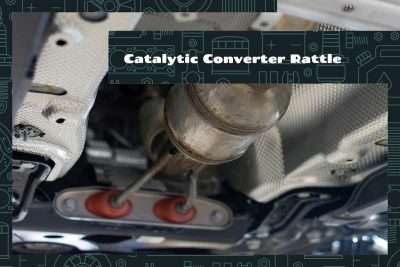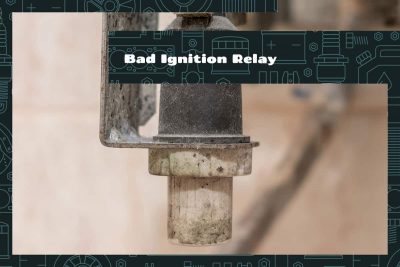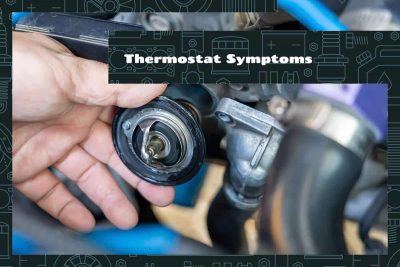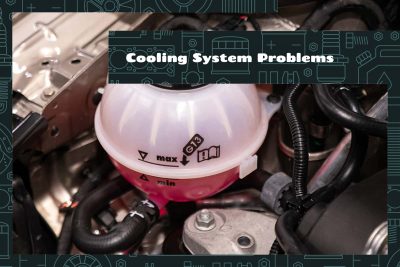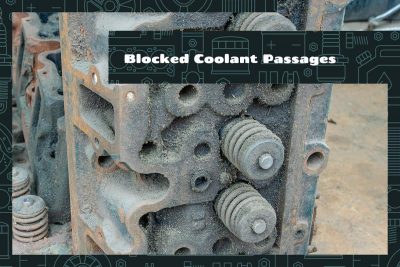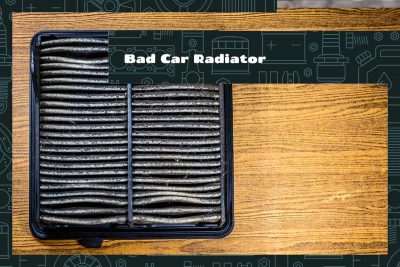In most semi trucks, the catalytic converter is located within the exhaust system, usually positioned under the vehicle, between the engine and the muffler.
In the realm of scrap metal, catalytic converters can fetch prices ranging from $50 to over $250, primarily driven by the type and quantity of precious metals they contain, such as platinum, palladium, and rhodium. Note that market fluctuations can influence these prices significantly.
Catalytic converters and flex pipes perform critical functions to maintain your vehicle’s performance and reduce environmental pollution. While a catalytic converter helps in reducing harmful gasses, a flex pipe ensures the smooth flow of these gasses out of your vehicle. Recently, many DIY auto enthusiasts have considered replacing their catalytic converters with flex pipes.
The catalytic converter plays a pivotal role in reducing harmful emissions. However, various issues, such as engine misfires or contamination from oil or antifreeze, may lead to it becoming clogged. A clogged catalytic converter not only impacts your vehicle’s performance but can also lead to significant damage if not addressed promptly.
The catalytic converter helps in reducing harmful emissions from your car. Eventually, it can get clogged with carbon deposits, impacting the performance and efficiency of your vehicle. A common DIY method to restore its function involves cleaning it with a lacquer thinner.
When you insert and turn the key, the ignition lock cylinder sends a signal to start the engine, and off you go! If it isn’t working right, your car won’t work either. It’s a vital part that needs to be in top shape for your vehicle to operate smoothly.
Catalytic converters, an integral part of your vehicle’s exhaust system, play a pivotal role in reducing harmful emissions. They accomplish this through a series of chemical reactions that convert pollutants into less harmful substances. Yet, like any other part of your vehicle, they can face issues. One of the most common and noticeable is the catalytic converter rattle, a sound that often leads to headaches for car owners.
When you turn the key, the ignition relay tells the engine to start working. As time goes on, whether due to misuse or another cause, the ignition relay can also become faulty or ‘bad’. This might lead to some problems in starting or running the car smoothly.
The thermostat is a critical component of your car’s cooling system. Its primary function is to regulate the flow of coolant to the engine, ensuring optimal operating temperature. A well-functioning thermostat is essential for maintaining the health of your engine, and by extension, the overall performance of your vehicle. However, like any other part of a car, thermostats can develop faults over time. Recognizing the symptoms of a faulty thermostat can prevent serious engine damage and costly repairs.
A cooling system is responsible for managing heat generated by the engine’s operations. It prevents the engine from overheating, ensuring smooth rides and extended vehicle lifespan. However, the cooling system is susceptible to various issues that can affect its performance overall health of your vehicle.
Car engines run hot, and without the cooling system, the heat could cause serious damage to your vehicle’s engine. Central to this system is the network of coolant passages, which ensure the proper flow of coolant—a liquid mixture designed to regulate temperature within the engine. However, these passages can become blocked due to various reasons such as sediment build-up or rust, leading to an array of problems ranging from reduced fuel efficiency to catastrophic engine failure.
Radiator trouble signs include an overheating engine, visible coolant leaks, rust-colored or dirty coolant, and the presence of sludge in the radiator.






